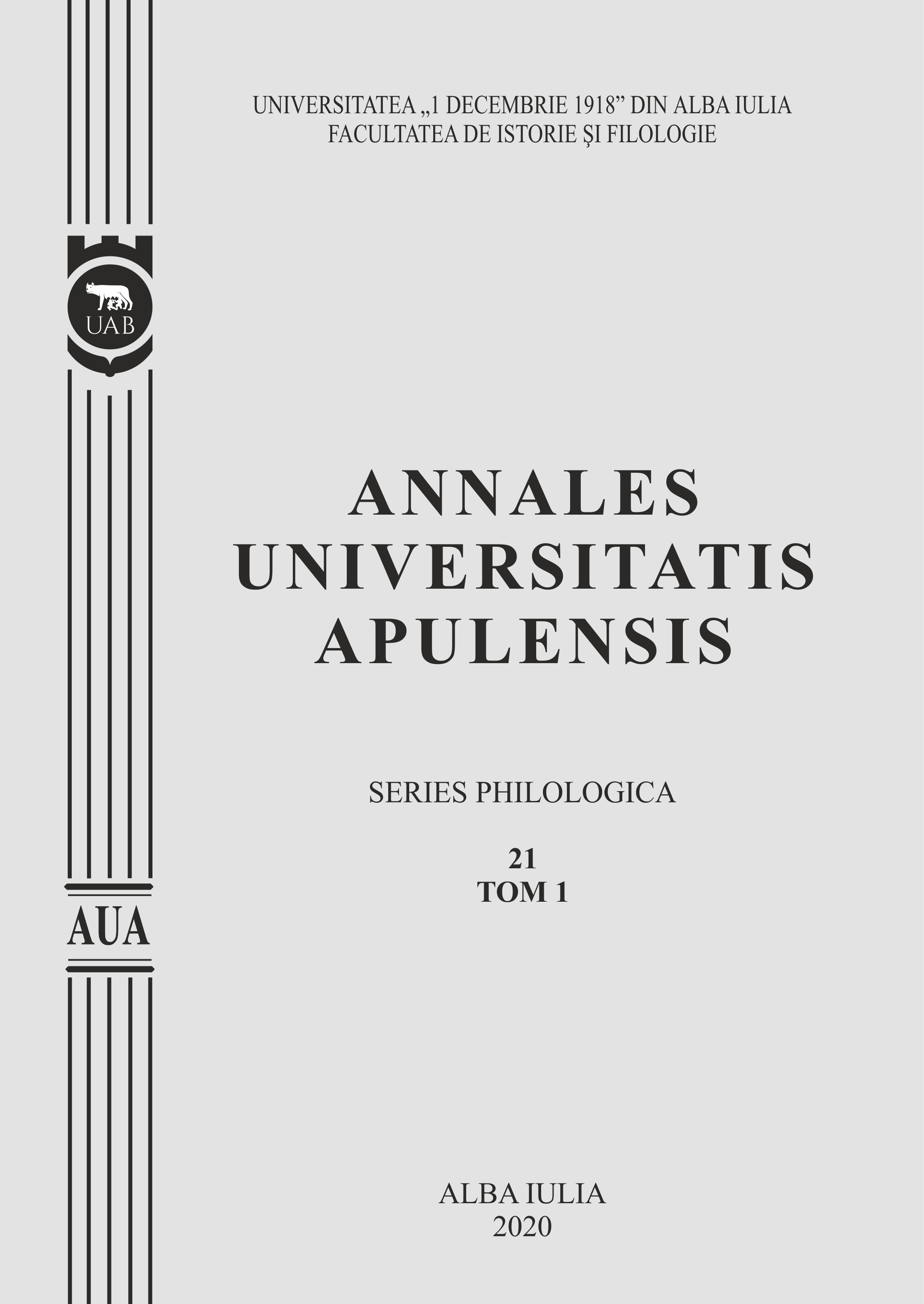BORDER NOTES ON ARTURO BANDINI’S ETHNIC IDENTITY IN THE INCIPIT OF JOHN FANTE’S ASK THE DUST
BORDER NOTES ON ARTURO BANDINI’S ETHNIC IDENTITY IN THE INCIPIT OF JOHN FANTE’S ASK THE DUST
Author(s): NICOLETA TEODORA PASCUSubject(s): Language and Literature Studies, Studies of Literature, Comparative Study of Literature
Published by: Universitatea »1 Decembrie 1918« Alba Iulia
Keywords: Ethnic Identity; American Italian; Autobiographical fiction; Assimilation; Dissimulation; Postmodern;
Summary/Abstract: This article presents some considerations on the theme of ethnic identity of the Italian American Arturo Bandini, the main character of the novel “Ask the Dust”, by John Fante, a writer now regarded as an important figure in the 20th century American literature and a ‘cult author’ internationally perceived for his influence on younger generation of writers. Bandini is widely recognized as Fante’s alter ego, as well as Fante's depiction of the Italian American experience in California during the Depression-era is recognized as part of the U.S. “national drama” of assimilation and ethnicity.Labelled as a highly autobiographical writer, Fante’s novels (of which his masterpiece “Ask the Dust” is the supreme example) are strongly focused on Italian American identity building process, with light on the tensed and conflicting interracial relations and class hierarchies. Earlier literary critics has observed the various aspects of the assimilation and cultural identification dynamic, then they analysed elements of his supposed racist ideology of withe supremacy and prejudice against other ethnic communities (Latinos, Black, Jews, etc.), while more recent contributions have underlined how these elements of racial and class prejudices are, on the contrary, an encouragement to resist racial and class oppression. My border notes aim to reveal the struggled dissimulation strategy of Bandini/Fante’s romantic and humanistic sensitivity, typical then classic of a complex, multidimensional and contradictory character who brings his representation of ethnicity over the modernism and the postmodernism to the post/meta/trans postmodernism, ultimately to our times, making it more vibrant than ever.
Journal: Annales Universitatis Apulensis. Series Philologica
- Issue Year: 21/2020
- Issue No: 1
- Page Range: 157-171
- Page Count: 15
- Language: English

